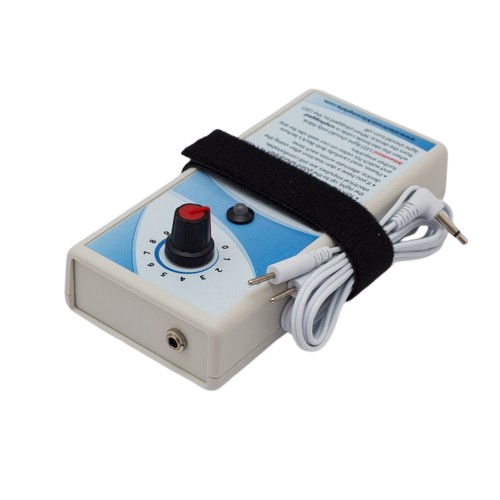Electricity in Healing: A Historical Overview
Explore the rich history of utilizing electricity for healing, a practice dating back thousands of years. Ancient civilizations like the Egyptians, Greeks, and Romans were pioneers, employing electric fish, animal electricity, and static electricity to address various ailments.
The 18th and 19th centuries witnessed a surge in the popularity of electrical therapy. Visionary scientists such as Luigi Galvani and Alessandro Volta delved into the effects of electrical stimulation on muscles and nerve cells, paving the way for groundbreaking devices like galvanic batteries used to treat diverse diseases.
The 19th century marked the emergence of electrotherapeutic apparatus, designed to alleviate pain, address nervous disorders, and tackle muscular issues. Despite its experimental nature, electrical stimulation gained traction as a viable treatment method.
Fast forward to the 20th century, where technological advancements led to the development of new electrical healing devices. Electromyography (EMG) became a pivotal tool for assessing muscle activity and diagnosing nerve disorders. Transcutaneous electrical nerve stimulation (TENS) evolved as a method for pain relief, tapping into the body’s natural analgesic mechanisms.
Today, electricity takes diverse forms in treating various diseases and conditions. Electrocardiograms (EKGs) assess heart activity, electroencephalography (EEG) studies brain activity, and electroconvulsive therapy (ECT) addresses certain mental disorders.
Moreover, electrical stimulation plays a crucial role in modern physiotherapy and rehabilitation, aiding in muscle strength restoration, pain reduction, wound healing promotion, and overall functionality improvement.
It’s essential to emphasize that the use of electricity for medical purposes is conducted under professional supervision, tailored to individual needs.
This material reflects personal research conducted in my spare time and is intended for informational purposes only. It does not constitute medical advice. Always consult a qualified healthcare provider.
